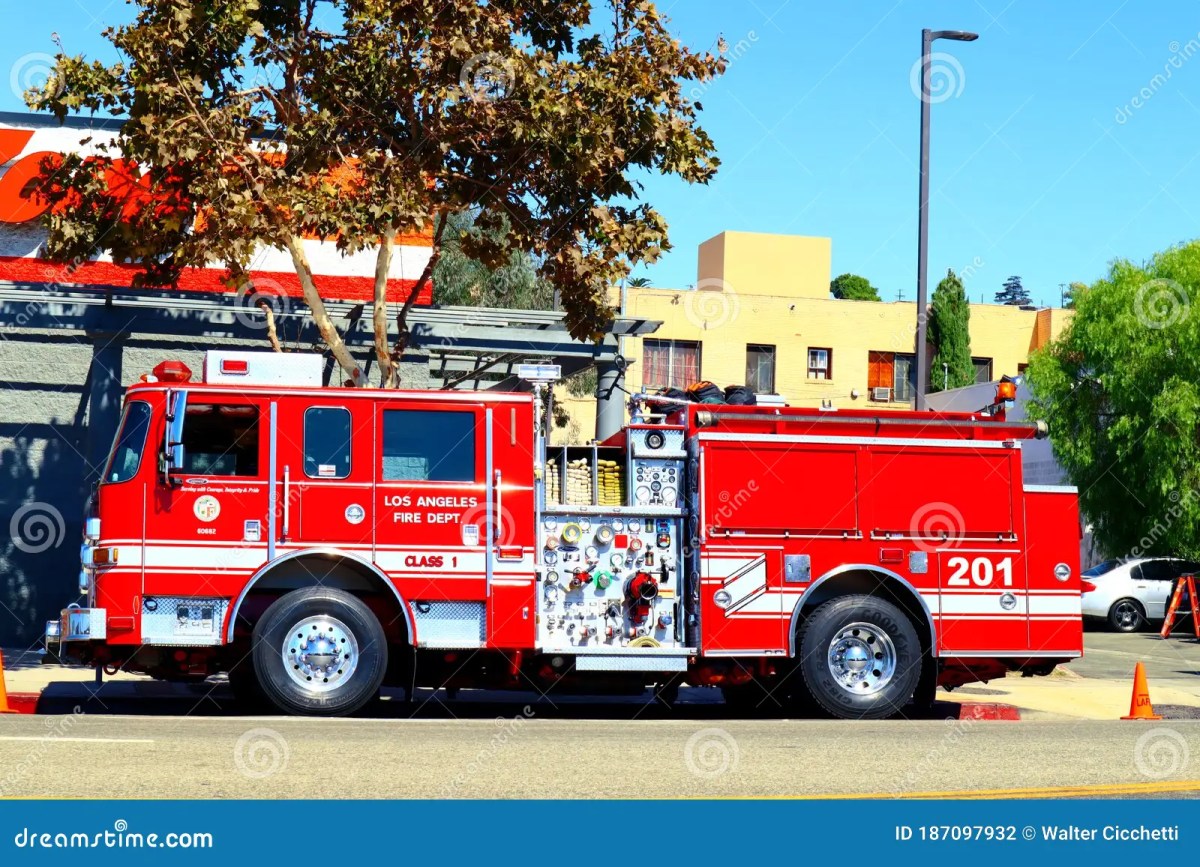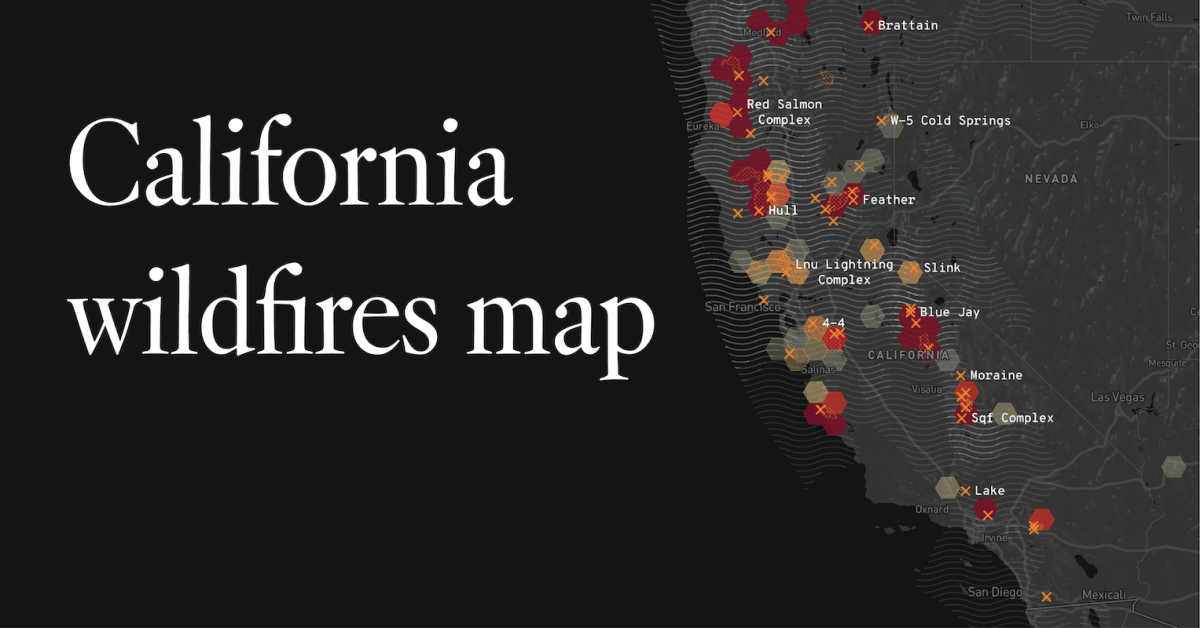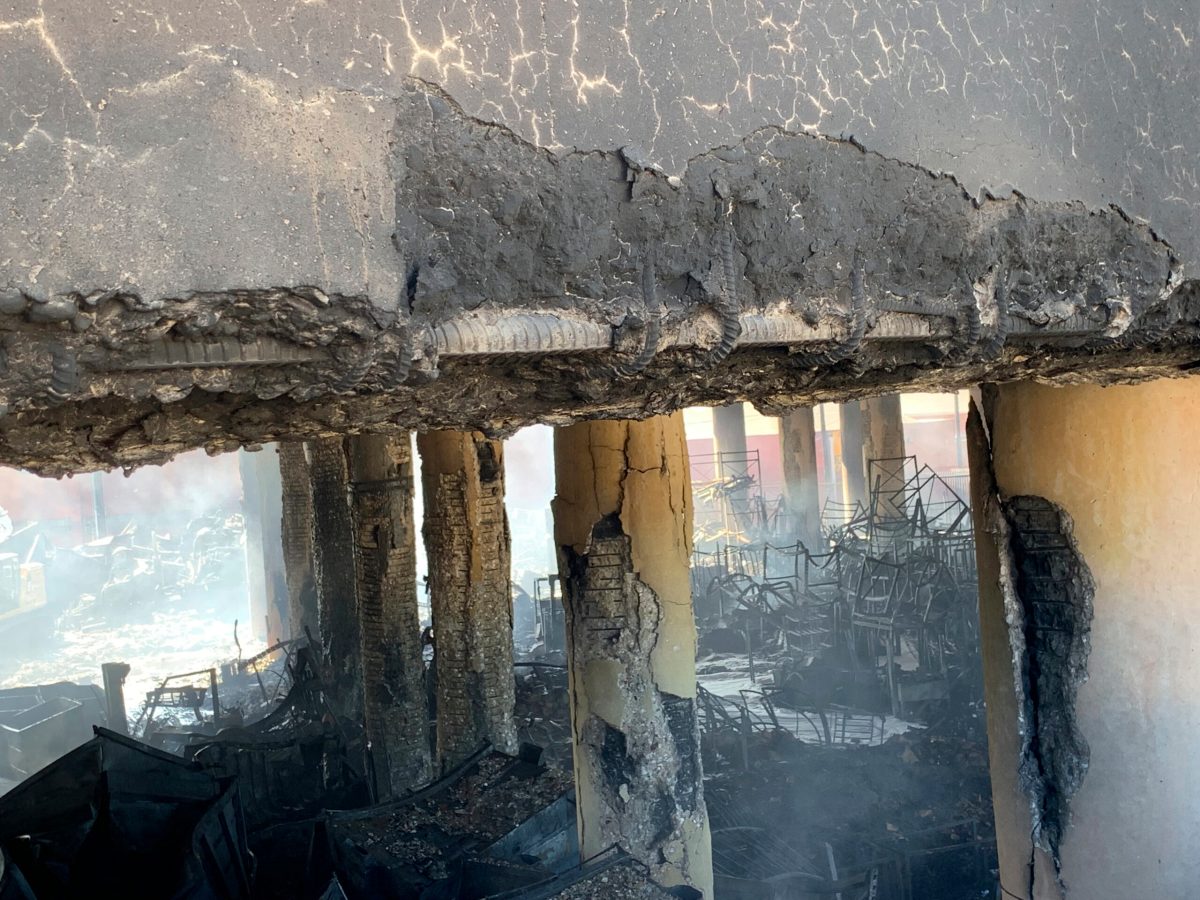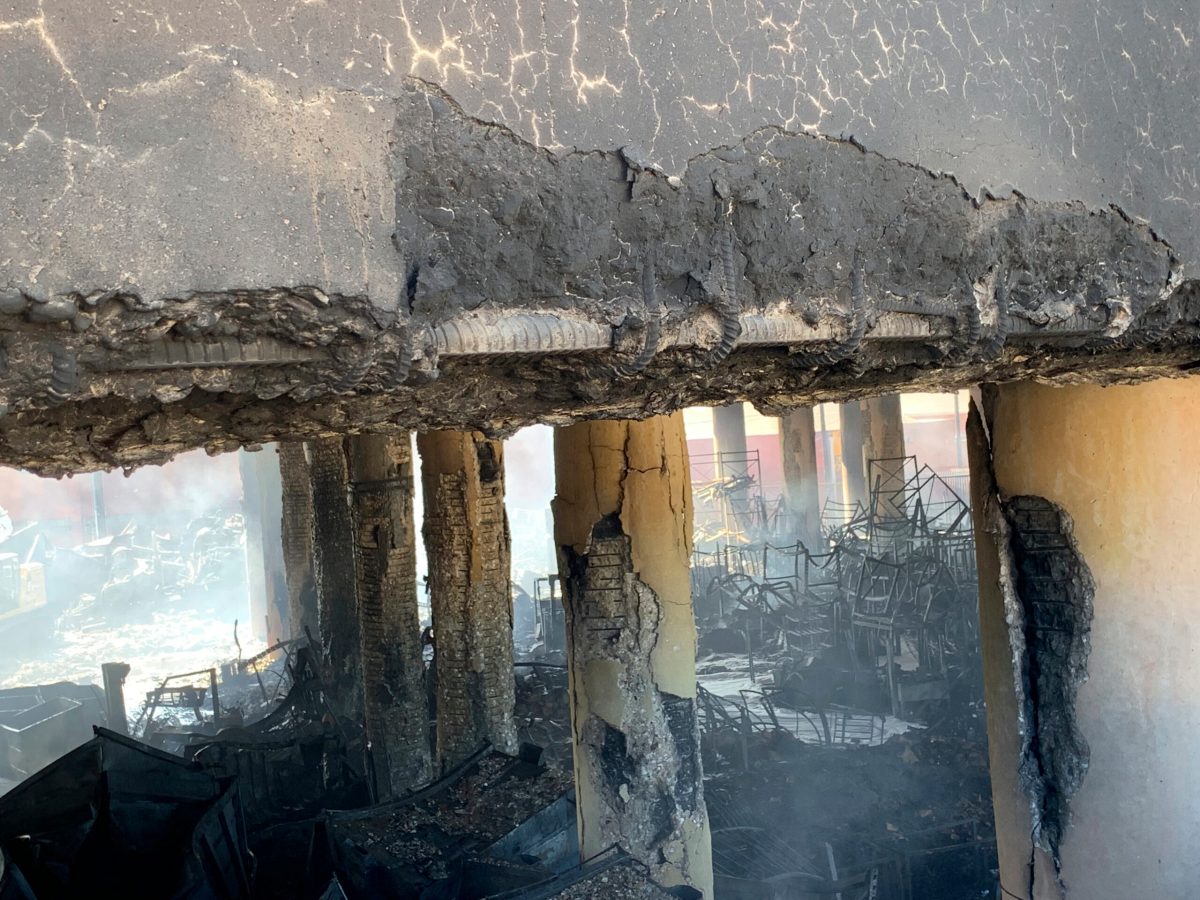Los Angeles fire drones are revolutionizing firefighting in the City of Angels. This isn’t just about cool gadgets; it’s about saving lives and property more efficiently. We’ll explore the LAFD’s drone program, from its history and the tech behind it to the challenges and future possibilities. Get ready for a look at how drones are changing the face of emergency response in one of the world’s busiest cities.
This exploration will cover the various types of drones employed, their specific applications in fire detection, damage assessment, search and rescue, and the crucial role of thermal imaging. We’ll also delve into the training required for pilots, the regulatory hurdles, and the ongoing advancements shaping the future of this vital program.
Los Angeles Fire Department Drone Program: Los Angeles Fire Drone
The Los Angeles Fire Department (LAFD) has integrated unmanned aerial vehicles (UAVs), commonly known as drones, into its operations, significantly enhancing its response capabilities in various emergency situations. This program’s evolution, technological advancements, and impact on firefighting strategies are explored here.
LAFD Drone Program Overview
The LAFD’s drone program began with experimental deployments in the early 2010s, gradually expanding its scope and capabilities. The program’s evolution reflects advancements in drone technology and the increasing recognition of their value in firefighting. Currently, the LAFD utilizes a diverse fleet of drones, each tailored to specific operational needs. Deployment procedures involve a systematic process, ensuring safe and effective operation.
Funding is secured through a combination of departmental budgets and grants focused on public safety improvements.
Drone Models and Capabilities
The LAFD employs several drone models, each offering unique capabilities. The following table provides a comparison of their key features.
| Drone Model | Payload Capacity | Flight Time | Key Features |
|---|---|---|---|
| DJI Matrice 300 RTK | Up to 2.7 kg | Up to 55 minutes | High-precision positioning, obstacle avoidance, thermal imaging |
| DJI Mavic 3 Thermal | Up to 250g | Up to 46 minutes | Compact design, excellent thermal imaging, long flight time |
| Autel EVO II Dual 640T | Up to 600g | Up to 40 minutes | Dual sensor (visual and thermal), high-resolution imagery |
| (Placeholder for future model) | N/A | N/A | To be determined |
Drone Applications in Firefighting
LAFD drones play crucial roles in various firefighting aspects. Their use significantly improves response times, situational awareness, and overall effectiveness.
Fire Detection and Prevention

Drones equipped with thermal imaging cameras can detect wildfires at their early stages, allowing for quicker response and containment. They also assist in identifying potential fire hazards, such as dry vegetation or downed power lines, enabling preventative measures.
Fire Damage Assessment and Structural Integrity
Following a fire, drones provide a safe and efficient way to assess the extent of damage to buildings and infrastructure. High-resolution imagery allows for detailed damage assessment, aiding in the planning of recovery and rebuilding efforts. The ability to inspect structurally compromised buildings remotely minimizes risks to personnel.
Search and Rescue Operations
During wildfires, drones are invaluable in locating missing persons. Their aerial perspective and thermal imaging capabilities allow for swift searches of large, hazardous areas, increasing the chances of successful rescue operations. In urban fires, drones can assess building collapses, improving the efficiency and safety of rescue efforts.
Thermal Imaging for Victim and Hotspot Location
Thermal imaging drones are particularly effective in locating victims trapped in burning buildings or obscured by smoke. They also help firefighters identify hidden hotspots, ensuring complete extinguishment and preventing re-ignition.
Examples of Successful Drone Deployments
Numerous incidents highlight the success of LAFD drone deployments. For example, during the 2020 Bobcat Fire, drones were instrumental in mapping the fire’s perimeter, assisting evacuation efforts, and locating stranded individuals. In several urban fires, drones helped quickly assess the situation and guide firefighters to trapped victims.
Technological Aspects of LAFD Drones

The LAFD’s drone program utilizes cutting-edge technology to maximize efficiency and safety. Pilot training is rigorous, ensuring proficiency in operating and maintaining these complex systems.
Key Technological Features and Specifications
LAFD drones feature high-resolution cameras, thermal imaging sensors, GPS navigation, and obstacle avoidance systems. Specifications vary depending on the model, but all are designed for robust performance in demanding conditions.
Advantages and Disadvantages of Drone Technologies
While drone technology offers numerous advantages, including improved situational awareness and reduced risk to personnel, limitations exist. For example, flight time is often limited, and adverse weather conditions can hamper operations. The LAFD continuously evaluates and adapts its technology to mitigate these challenges.
Software and Communication Systems
LAFD drones utilize specialized software for flight control, data acquisition, and communication with ground crews. Secure communication systems ensure reliable data transmission even in challenging environments.
LA fire drones are increasingly important for rapid response and aerial assessment, offering a significant advantage in wildfire situations. Think about the scale of the problem though – a recent incident highlighted the dangers of drones near large aircraft, as shown in this news report about a canadian water bomber hit by drone. This underscores the need for strict drone regulations, especially around emergency operations, to ensure the safety of both aerial firefighting and civilian aircraft like those used by the LAFD.
Training and Certification Requirements
LAFD drone pilots undergo extensive training, including FAA certification, emergency response procedures, and specialized training on the specific drone models and software used by the department. This rigorous training ensures safe and effective operation.
Hypothetical Scenario with Advanced Drone Technology
Imagine a large-scale wildfire with multiple active fronts. Advanced drones equipped with AI-powered analytics could autonomously map the fire’s progression, predict its spread, and dynamically adjust firefighting strategies in real-time. This would improve resource allocation and significantly enhance firefighting effectiveness.
LAFD’s fire drones are awesome for quick response times, especially in hard-to-reach areas. However, the increasing use of drones highlights safety concerns, like what happened in this incident where a plane hit by drone caused significant damage. This incident underscores the need for stricter drone regulations to prevent similar accidents and ensure the safe operation of LAFD’s vital drone program.
Challenges and Future Directions of LAFD Drone Usage

The LAFD faces various challenges in integrating drone technology, including regulatory hurdles and technological limitations. However, ongoing developments promise even greater benefits in the future.
Regulatory Challenges and Limitations
Regulations governing drone operation, airspace restrictions, and privacy concerns pose challenges to the LAFD’s drone program. The department actively works with regulatory bodies to ensure compliance while maximizing the program’s effectiveness.
Ethical Considerations
Ethical considerations surrounding data privacy, surveillance, and potential misuse of drone technology are carefully addressed by the LAFD. Strict protocols and operational guidelines are in place to ensure responsible and ethical drone use.
Future Developments and Advancements
Future advancements may include the use of AI-powered drones for autonomous fire suppression, improved sensor technologies for enhanced situational awareness, and more resilient communication systems for reliable data transmission in challenging environments.
Recommendations for Improving the LAFD Drone Program
- Increased funding for drone acquisition and maintenance.
- Expansion of pilot training programs to accommodate growth.
- Development of standardized operational procedures across all units.
- Exploration of advanced drone technologies, such as AI-powered systems.
- Strengthened collaboration with regulatory bodies to streamline approvals.
Public Perception and Impact of LAFD Drones
Public perception of the LAFD’s drone program is generally positive, with recognition of its contribution to public safety and efficient emergency response. However, addressing privacy concerns and fostering transparency remain important considerations.
Public Perception and Communication
The LAFD actively communicates its drone program to the public through press releases, social media, and community outreach initiatives. Transparency and education are key to building public trust and understanding.
Impact on Firefighter Safety and Efficiency, Los angeles fire drone
Drones have demonstrably improved firefighter safety by reducing exposure to hazardous environments and providing crucial information for strategic decision-making. This increased efficiency translates to faster response times and more effective fire suppression.
Community Benefits and Potential Drawbacks
The benefits of LAFD drone technology include enhanced safety for firefighters and civilians, improved response times, and more efficient resource allocation. Potential drawbacks include privacy concerns and the need for ongoing investment in technology and training.
Los Angeles fire drones are becoming increasingly important for rapid response and damage assessment. It’s amazing how technology helps, even when considering completely unrelated events like the impact of the ontario colleges faculty strike on future emergency responders’ training. Ultimately, though, the LAFD’s drone program shows how tech can improve emergency services, no matter what other disruptions might be happening elsewhere.
Visual Representation of Positive Impacts
Imagine a vibrant infographic showcasing a before-and-after comparison of a wildfire scene. The “before” image depicts a raging inferno, while the “after” image shows the fire contained, thanks to the strategic deployment of LAFD drones. The infographic would highlight key statistics, such as reduced acreage burned, lives saved, and property protected, all attributed to the effective use of drone technology.
A prominent section would showcase the image of an LAFD drone in action, underscoring its pivotal role in the successful containment of the fire. The overall design would be clean, informative, and visually appealing, emphasizing the positive impact of the LAFD’s drone program on the community.
Final Wrap-Up
The integration of drones into the LAFD’s operations represents a significant leap forward in firefighting technology. While challenges remain, the benefits – increased safety for firefighters, quicker response times, and more effective mitigation of fires – are undeniable. As drone technology continues to evolve, the LAFD’s program will undoubtedly adapt and improve, setting a precedent for other fire departments worldwide.
The future of firefighting in Los Angeles, and perhaps beyond, is taking flight.
FAQs
How much does the LAFD drone program cost?
The exact budget fluctuates, but it’s funded through a combination of city funds and grants. Specific figures are often not publicly released due to security and budgetary reasons.
What happens if a drone malfunctions during a fire?
LAFD pilots undergo rigorous training to handle malfunctions. Backup systems and procedures are in place. In case of a serious malfunction, safety protocols prioritize pilot and public safety, potentially including the abandonment of the drone.
Are LAFD drone pilots sworn officers?
This varies; some may be sworn officers, others specialized personnel within the department.
Can the public request LAFD drone assistance?
No, drone deployment is determined by operational needs and emergency priorities assessed by LAFD command. Public requests are not directly actionable for drone deployment.
